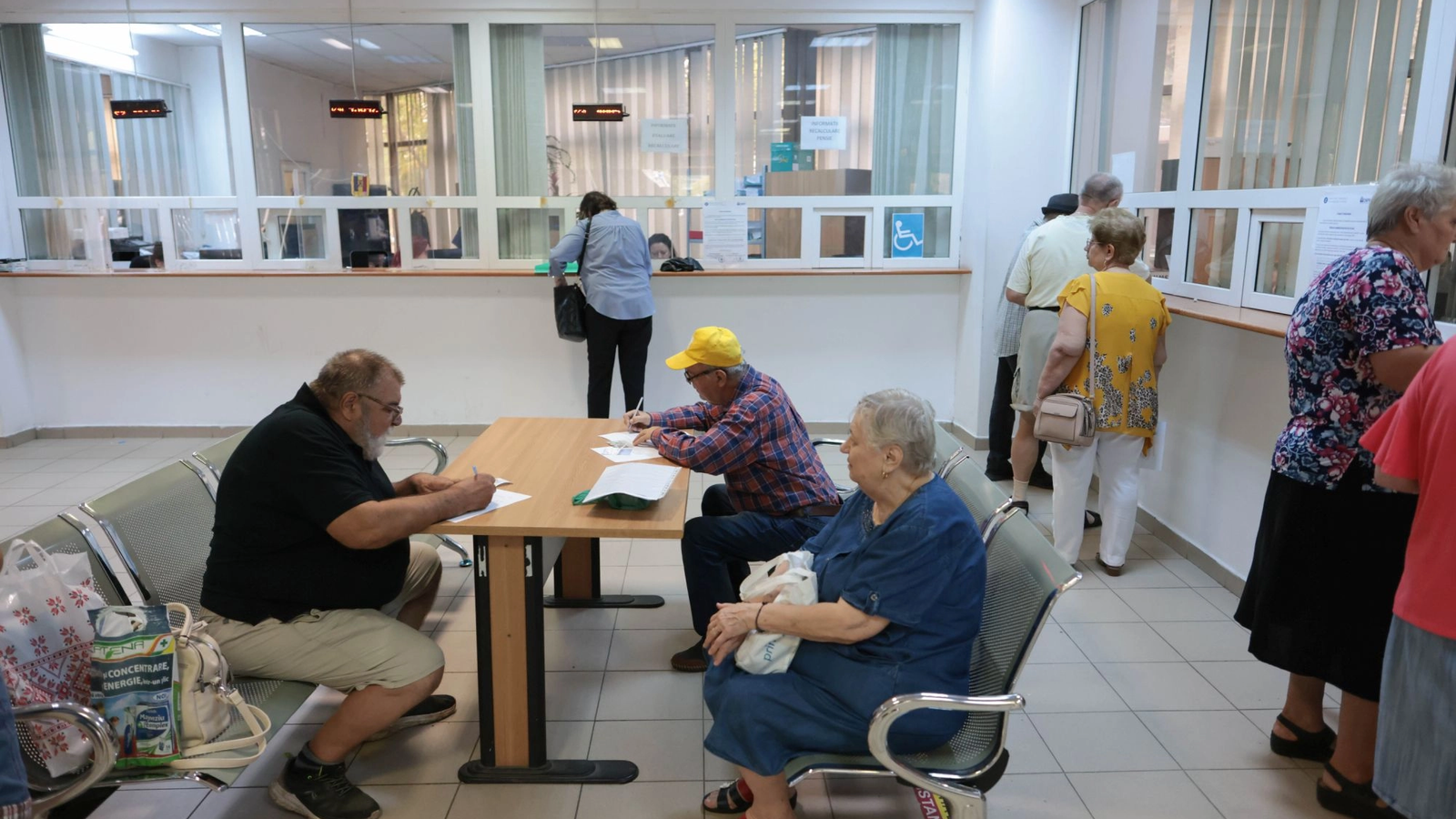The Second Pillar benefits the Government and private companies managing pension funds, but not employees, future retirees, or current pensioners, maintain the representatives of the National Federation of Pensioners of Romania (FNPR) in a press release sent to AGERPRES on Tuesday.
"In Romania, as in other EU member states, the Public Pension System is established and operational. Pensions from this system, known as the First Pillar, are funded by mandatory social insurance contributions CAS paid by employees from their salaries (amounting to 25% of the salary) as well as some allocations from the general state budget. In 2004, the Government decided to allocate a growing percentage of these contributions (4.75% of CAS in 2025) to create the mandatory Second Pillar, managed by private companies, which would provide employees and future retirees with an additional pension. As a result, in the coming years, retirees aged 65 will receive two pensions: a larger pension from the First Pillar, administered by the National House of Public Pensions, and a supplementary pension from the Second Pillar. (..:) Regarding the mandatory Second Pillar, whose funds are managed by private companies, FNPR has warned that this system primarily benefits the Government and the private firms managing it. For employees, future retirees, and current pensioners, the Second Pillar is disadvantageous: it significantly reduces the pensions from the First Pillar, necessitating the allocation of funds from the general state budget's social insurance budget to cover current pension payments," the release shows.
According to the cited source, the main issue under debate is whether the funds accumulated from the social insurance contributions in the individual contributors' accounts to provide a supplementary pension can be fully withdrawn by the pensioner upon retirement to use as they wish.
"The amounts accumulated by employees in the Second Pillar are reduced by fees charged by the private companies managing the funds. Ultimately, the pension received by the employee will be less than the total contributions made over the years. Compared to the First Pillar, the Second Pillar carries a real risk of insolvency of the private management companies. The existence of the Second Pillar is supported by the Government and the private firms managing the pension funds, who are the true beneficiaries of the system. It is known that the Second Pillar is a way for the Government to use part of the social insurance contributions paid by employees from their salaries for its various expenditures. This happens through a mechanism whereby the private companies managing the Second Pillar invest most of the funds in government bonds. Thus, the State, which decided that a portion of employees' social insurance contributions should be deposited in the Second Pillar, effectively withdraws these funds while paying interest to the private companies managing the funds. Currently, the Government has nearly 180 billion lei at its disposal," the FNPR stated.
According to FNPR, in European countries, private pensions are not funded from social insurance contributions (CAS), but from salaries.
"We also note that three European states have abolished the Second Pension Pillar, with the accumulated amounts returned to their original source the First Pension Pillar," the pensioners' representatives stated.
FNPR is a member of the European Federation of Retired Persons (FERPA).
The draft law on private pension payments was presented for a first reading at Friday's Government meeting. It outlines two payout options: programmed withdrawal pensions, distributed over a fixed period with a guarantee of full repayment of the accumulated funds, and life annuities, paid for the duration of the participant's lifetime. In addition, retirees would be entitled to withdraw a lump sum of up to 25% of their savings, in line with practices in other European countries.
Prime Minister Ilie Bolojan said on Sunday evening that the proposed legislation, currently under public consultation, does not entail the confiscation of citizens' accumulated savings, but merely sets out the rules for their disbursement, following models used in most European states.

































Comentează